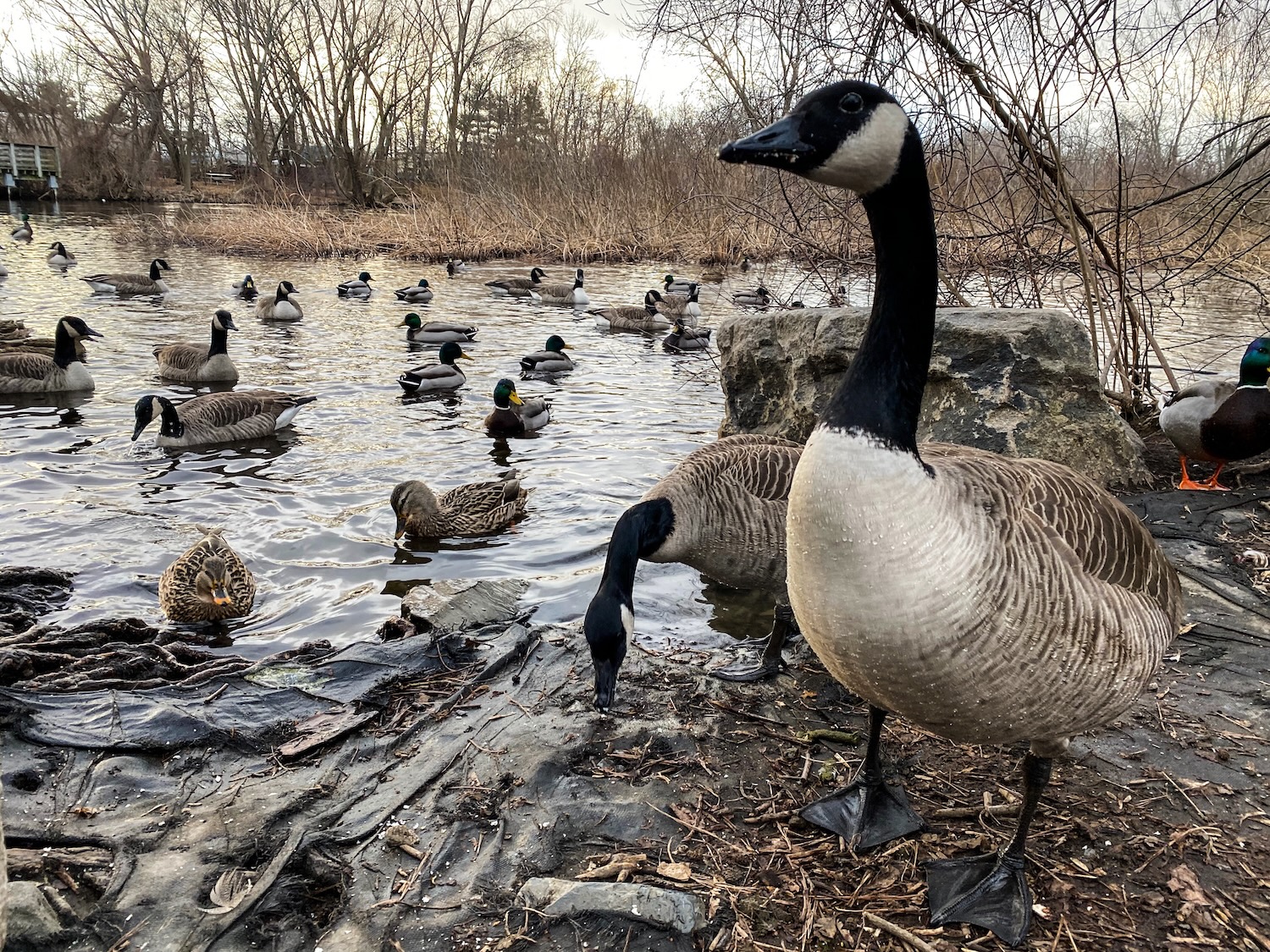
By Jared Schenkels, DVM, The Dairy Authority
Setting a calf up for success begins before it is even conceived. Unlike humans and many other species, calves are born without a functional immune system. They don’t receive immunity from their mothers until they ingest their colostrum.
Delivering those maternal antibodies by feeding a calf clean, high-quality colostrum promptly is key for the lifetime health of calves. Vaccinating dry cows helps ensure that calves get the appropriate amount of antibodies in the colostrum. By vaccinating dams, we can help ensure that calves receive the antibodies they need to fight calfhood disease.
Vaccine programs are moving targets that need to be prescribed based on each individual herd’s disease risk. Geographical considerations, stocking densities, and environmental factors all come into play in these decisions. But there are two “core” vaccines that our team at The Dairy Authority believes should be foundational to all maternal vaccination protocols: a modified live viral and calf scour vaccine.
Modified Live Viral Vaccines (MLV) – IBR, BVD Type 1 and 2, PI-3, BRSV
(Examples: EXPRESS® 5, Bovi-Shield GOLD FP®, BOVILIS® Vista® 5, etc.)
Undoubtedly one of the most important vaccines a cow will ever receive is the MLV vaccine. These vaccines help provide respiratory and abortion protection to lactating cows. MLVs also play a key role in protecting the developing fetus against Bovine Viral Diarrhea Disease (BVD). BVD is highly contagious and can produce disease manifestations from severe abortions storms to subtle immunosuppression. When naïve, pregnant dams are exposed to BVD at about 60-120 days carried calf, they may retain the pregnancy, but infect their fetus in-utero, producing a persistently infected (PI) calf. Many herds perform individual ear notches on all calves to identify and remove these animals, as they shed high levels of BVD and infect their herd mates throughout their lifetimes.
Fortunately, highly efficacious vaccines exist to prevent PI calves caused by BVD. There are several commercial BVD vaccines available in both modified-live (MLV) and killed formulations. While both vaccines work, we tend to prefer MLV vaccines due to a more robust immune response and longer durations of immunity, though using a combination of MLV and killed vaccines is also a common practice. Additionally, vaccinated dams will confer some BVD immunity to their offspring through colostrum, which helps protect calves through the first few months of life, until their own immune systems take over.
Calf Scour Vaccines – E. Coli K99, Rotavirus, Coronavirus + Clostridium perfringens
(Examples: Scourguard® 4KC, BOVILIS® Guardian®, etc.)

Scours is undoubtedly one of the most common diseases that any dairy calf faces. Preventing scours requires a system-wide approach and not just “chasing bugs.” Undeniably, the two most important parts of preventing calf scours is providing the dam with a clean, dry maternity area to calve, and by feeding the calf clean, high-quality colostrum promptly.
However, utilizing scours vaccines is a useful tool to ensure that the cow produces antibodies against specific scours-causing pathogens in her colostrum. These vaccines work by priming the dam’s immune system late in gestation to create antibodies against the most common infectious pathogens. These antibodies get passively transferred to the calf when colostrum is fed and help provide additional immunity.
For any scours vaccine to work, it is vital that colostrum be fed promptly as the antibodies are only transferred through the colostrum. While vaccine timing and boosters are important with any vaccine program, it is especially important to be precise when administering scours vaccines.
Colostrogenesis (when antibodies get transferred into colostrum) is a tightly regulated physiological process within the cow. The vaccine must be administered 3 to 7 weeks prior to calving, depending on the label. In our experience, the most ideal and practical time to give these vaccines is around the time a cow moves into the close-up pen.
If cows are vaccinated too early, the antibody response deteriorates prior to colostrogenesis. And if they are vaccinated too late, colostrum may already be formed, and antibodies do not get transferred. Heifers require a primary (2-dose) series, and annual re-vaccination is strongly recommended.
Additional Options
A comprehensive vaccination program helps minimize this risk of diseases, but does not entirely prevent them. Sound management practices, proper nutrition, and excellent animal husbandry are as important as a vaccine program.
In addition to the two “core” vaccines, other vaccines such as intranasals and the newer Salmonella SRP-D vaccines are more “risk-based” and should be considered on an individual-dairy basis. These vaccines have performed well in field settings and offer an interesting avenue to help improve calf health.
Vaccine programs are complicated and require dedicated management and monitoring. Often the most challenging part of a vaccine program is not designing it, but determining how to implement it. Creating handheld lists in DairyComp is one method our practice has used to help increase compliance. If you have any questions regarding vaccine programs, please feel free to reach out to your practitioner at The Dairy Authority.








